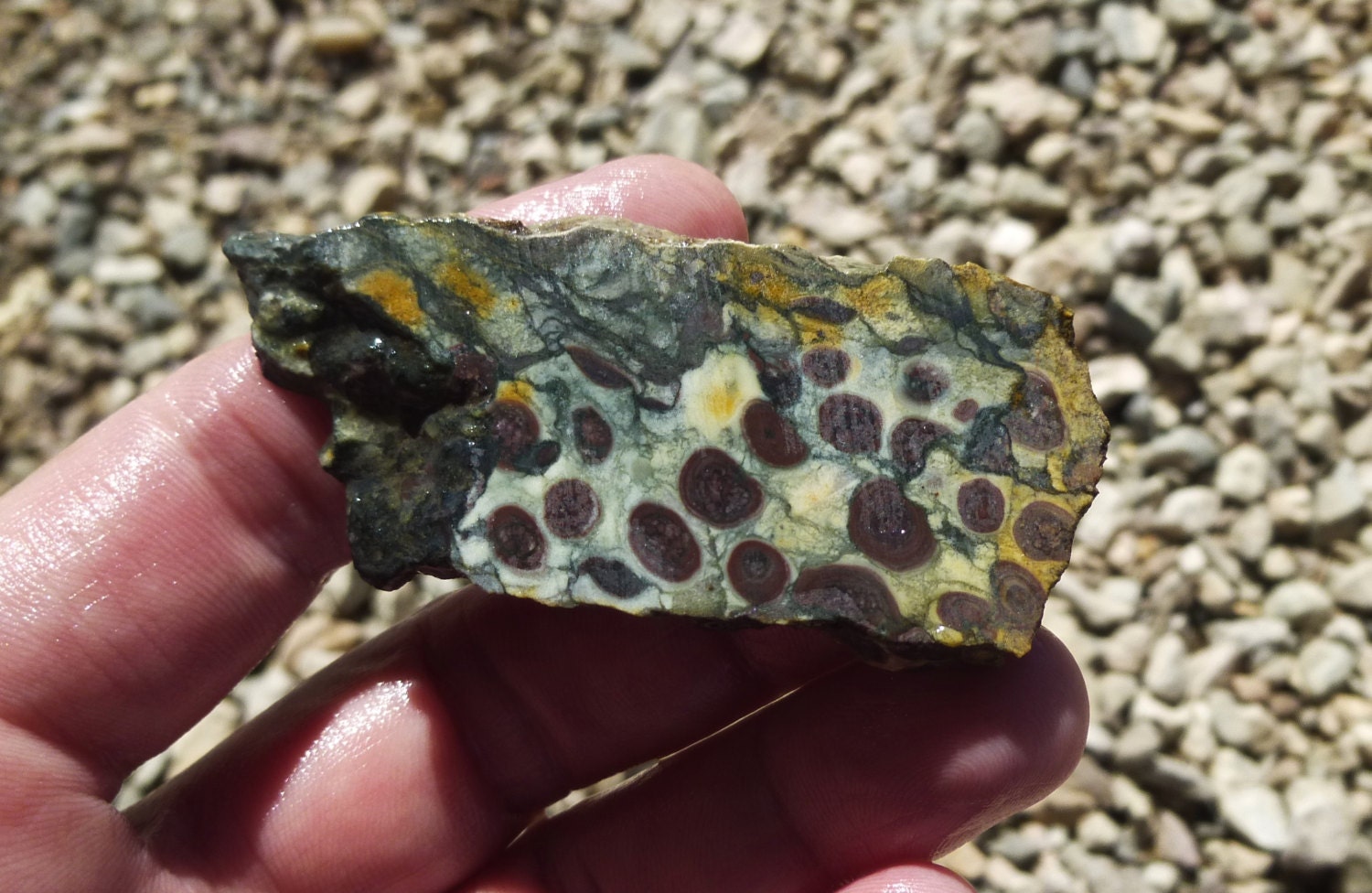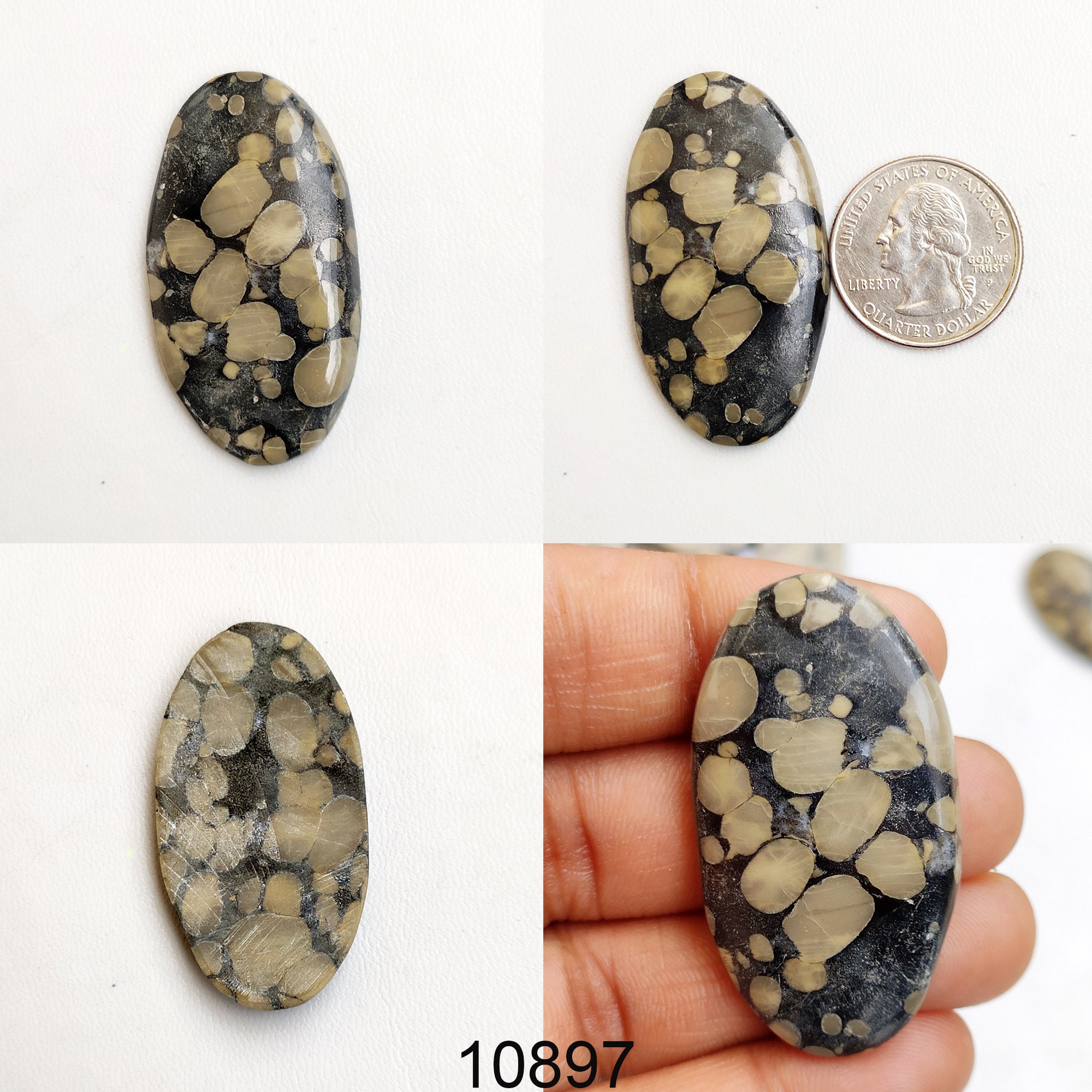


OOLITE ARROWHEAD FREE
For those wanting more than a virtual experience, the gardens and grounds have been open free to all comers.
OOLITE ARROWHEAD SERIES
This spring and summer, the museum had to move its events and exhibits online, offering a series of free writers’ talks and conversations. Vermont began allowing museums to invite visitors inside in June, and the Bennington Museum announced it would reopen July 3.Īt The Mount, Edith Wharton’s historic house in Lenox, Mass., locals are listening to the fountain running over stone in the Italian garden, and young dancers with Berkshire Pulse are holding classes on the lawns.Įven in unusual times, this is a landmark summer: 2020 is the centennial of “The Age of Innocence.” Wharton completed the novel in 1920, and she would win the Pulitzer Prize for it and become the first woman to win that honor for fiction.īefore the pandemic struck, The Mount had launched a yearlong celebration. Some have created online content related to their outdoor artwork and exhibits, and some are adding new outdoor attractions, even cafe service.Īs Massachusetts began reopening in late May and June, the state allowed parks and gardens to open, and the next phase of that process is expected to let historic houses and museum galleries welcome visitors indoors under careful conditions. They plan to open the galleries in July, if area health statistics continue to look good.Ĭreative places across the region are opening as state guidelines allow, balancing a need for health and safety with a need to keep going, to connect, and to support their communities and local economies.įrom Columbia County northward in New York, and from the Berkshires into southern Vermont, museums, arts centers and historic sites have opened their gardens and grounds to visitors. And as New York moves gradually to reopen, the museum staff has been able to finish several new outdoor installations, Puglisi said. Woodgate’s “The Source” has come as a new work to the Omi International Arts Center this summer, installed even in the upheaval of this spring, as the center closed its indoor spaces and took other precautions against the coronavirus outbreak.Īrt Omi’s sculpture park has remained open as a park. It’s a matter for public debate in Florida, where the seas are rising, and here in the river valleys of New York and New England, where generations of industry left many rivers polluted.Īnd now, amid the Covid-19 pandemic, Woodgate’s fountains are raising the question in a new way, as the museum keeps them turned off to ensure health and safety. Woodgate created them out of a growing concern for clean water, Puglisi explained. They’re the bedrock of Miami and the keys, condensed from sand and coral and fossil sea urchins. These blocks are oolite from southern Florida. The sculptures are made of limestone, but not the local stone where ferns and columbines grow at Bartholomew’s Cobble or the marble along the Hoosic and Housatonic rivers. Up close, she can see the fossils in the rock. But they can come with their families and run across the lawn.Īgustina Woodgate’s work stands out from a distance, said Jessica Puglisi, the communications director at Art Omi. This summer, they will have to keep a few feet away from the sculpture. In the grass near the pavilion, stone blocks stand in rough steps, the color of quartz and clamshells.Ĭhildren would be climbing on them freely, and on hot days they could have a drink of cold water. Many other cultural sites across the region have continued to welcome visitors to their grounds and gardens. The arts center’s grounds have remained open to visitors during the Covid-19 pandemic even as its indoor galleries have been shuttered. Atelier Van Lieshout’s “Blast Furnace” is among the works in the sculpture park at Art Omi in Ghent, N.Y.


 0 kommentar(er)
0 kommentar(er)
